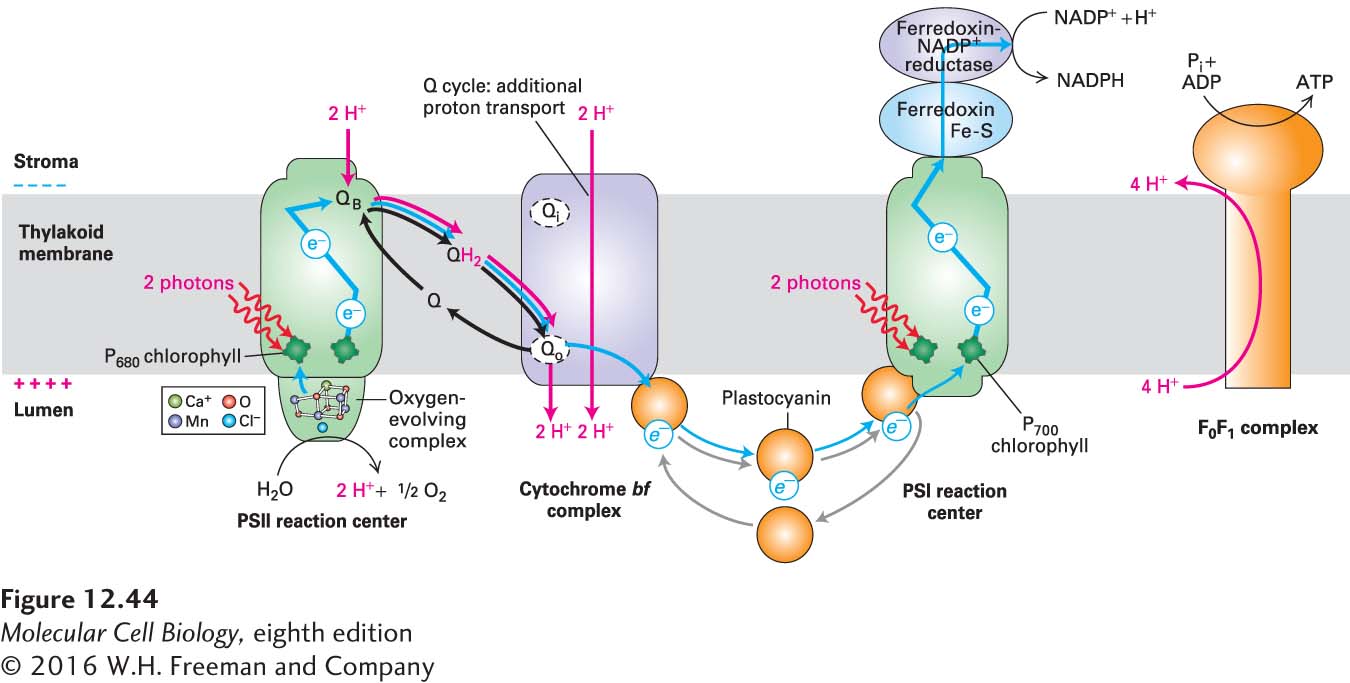
FIGURE 12- t- l- o- n- n- n- t- n- n- t- e- n-